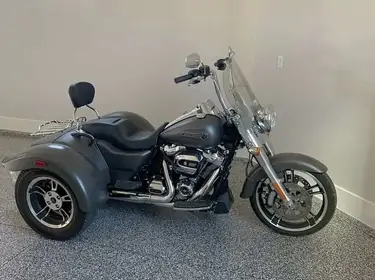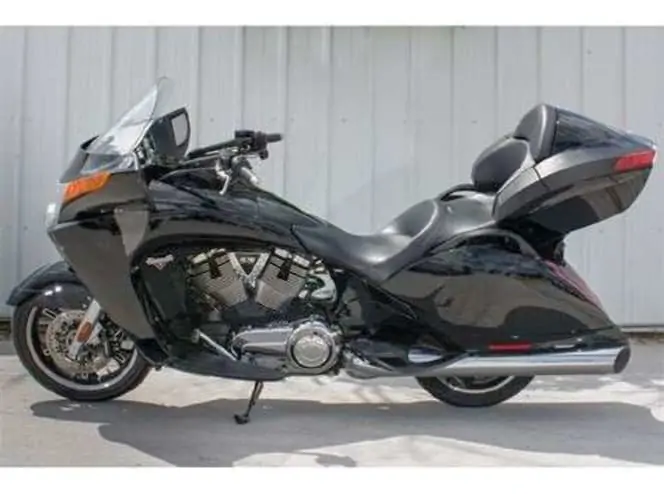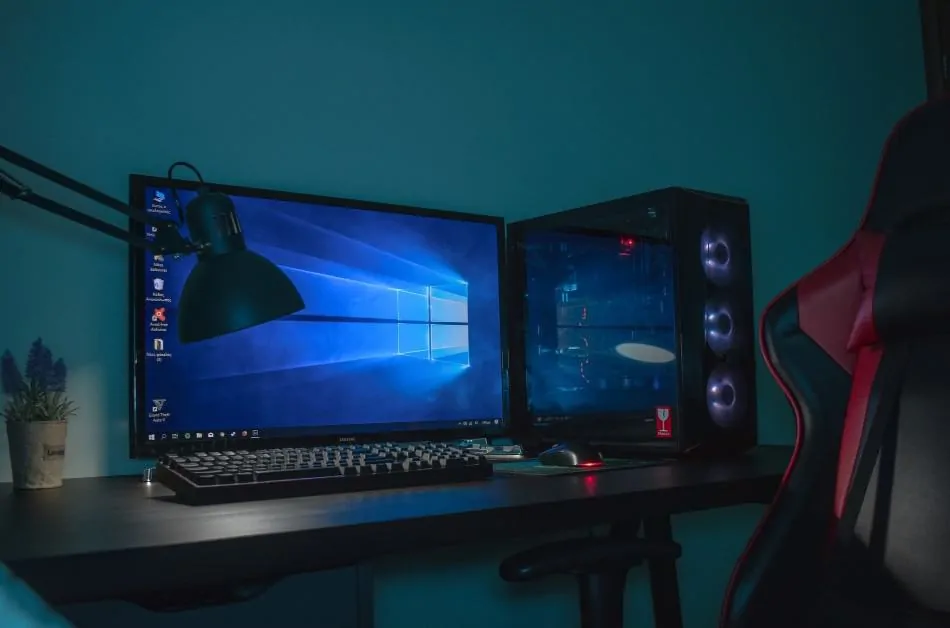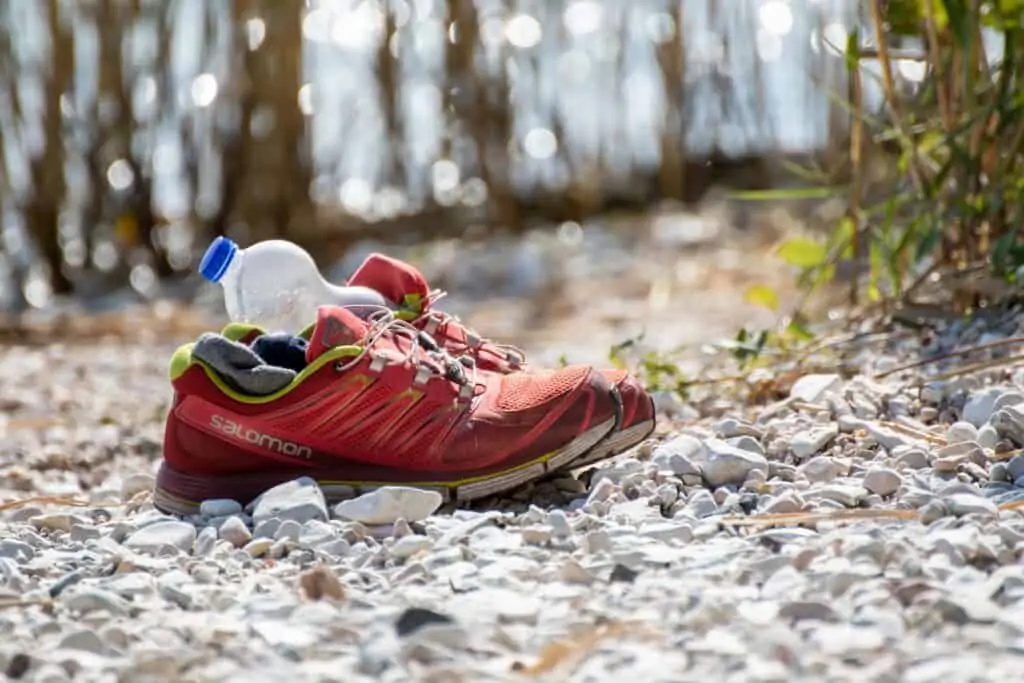Riding motorcycles has always been in my blood. I just didn’t know it until recently.
When I was a younger and much lighter guy I saved up my pennies for a summer and spent all $800 of my dollars on a well-used Suzuki RM125. It was fast (for its size) cheap (for a dirtbike) and I was happy (for a minute).
The next year I turned 16 and ended up selling my dirtbike to fund a truck I wanted to buy. And that was the end of the experience on two wheels for the next 15 years. Recently, however, my cousin asked me if I wanted to take a ride on his MT-10. Yes, obviously?
I was a bit rusty and (allegedly) only hit 100 mph on our deserted backroads but it was enough to give me the bug. I was super “top-heavy” on my cousin’s motorcycle so it put me on a path to try and find the best motorcycle for big guys.
Heavy guys are fully capable of riding, as long as the motorcycle they choose will support their weight safely. And not all of them will.
So let’s talk about how you can go about choosing a motorcycle for a big and heavy guy and start enjoying it.
How Motorcycle Weight Limits Work
Big fat strong guys with beards and bald heads is a longstanding stereotype of bikers. Oh and don’t forget the tattoos. But what about the rest of us who aren’t so big and bad. Can we get by with a normal motorcycle?
The average motorcycle can hold between 350 and 400 pounds. But what does that even mean? Does it mean that you can just go buy an average motorcycle and enjoy your experience? Probably not. Having a motorcycle loaded near its limit can severely affect the handling, stopping power, wear and tear, etc.
So let’s define some terms we’ll need to know:
GVWR: The gross vehicle weight rating is the maximum amount that a motorcycle is able to weigh (with everything included). So this weight includes gas and oil, luggage, you, your clothes, your helmet, etc.
Wet & Dry Weight: The dry weight of your motorcycle is how it’s shipped from the factory (meaning sans fluids). Once it’s fully gassed up and filled with your various oils you end up with the “wet weight.”
Now, to get the weight capacity of your motorcycle and see if it’s suitable for big guys all you need to do is subtract the Wet Weight from the GVWR. Just remember, this is the weight it can hold total, meaning you, your backpack/luggage, clothes, etc.
If you are over 500lbs, look for a motorcycle with as high of a weight capacity as you can get, and then strip all the unnecessary items. Take off the bags, get a lighter battery, seat, exhaust, etc. Remember, every pound you take off the bike is another pound that it can carry.
Another easy trick to figure out if a motorcycle is suitable for your (presumably high) weight is to buy a motorcycle with passenger footpegs. Nearly all motorcycles designed to hold a passenger are safe into the 4-500 pound range.
However, if you’re anything like me and want to read about some specific models to make the best choice possible, here are some of the options I considered while I was shopping4.
4 Motorcycles With a High Weight Capacity For Big Guys
1. Harley Davidson Freewheeler

I hate to do this, but the first motorcycle on my list of motorcycles suitable for heavy guys isn’t actually a two-wheeler. A trike such as the Freewheeler from Harley Davidson has a high weight capacity, is more suitable for beginning riders who are over the weight limit of many regular bikes, and is incredibly comfortable.
Head to a dealership and try it out before you knock it.
2. Victory Vision

The first time I saw a Victory Vision I was at the grocery store and saw one park in the parking lot. I asked the guy if the body had a bunch of custom work because it looked so radical. It turned out that they came that way from the factory and I just looked like an idiot. I still think it looks radical though.
The Victory Vision Touring model has a GVWR of 1414 pounds and a curb weight of 889 pounds. Remove the 40lb trunk and add 50lbs for fuel and you have a load capacity of well over 500lbs.
3. Kawasaki Concours

If you are looking for something a bit more sporty than a cruiser, the Concours from Kawasaki might fit the bill. With a GVWR of 1193 and a curb weight of 690, the 2016 version of this bike leaves you with a load capacity of 503lbs (don’t forget to include fuel weight, etc.)
4. BMW 1200 RT

If you are over 500lbs and looking for a suitable motorcycle, you’re going to have a hard time. If you are in the 400lb ranger, however, BMW has several bikes that would work well for you, such as the 1200 RT. It tips the scales at just over 600lbs which, when coupled with a GVWR of 1089lbs means that it’s capable of hauling around 486lbs.
Now, there are several other motorcycles for big guys that you should consider. While the best option is simply to head to the dealership and see what they’ve got, you might want to ask whether they have are Harley Cruisers in stock (such as the FLH series), many of which have a weight capacity of 400-500lbs.
What Dictates a Motorcycle’s Weight Capacity
If you’re a big fat guy and you jump on a motorcycle it’s just going to give up the ghost and die, right? Well, maybe. But it’s far more likely that it just becomes progressively less safe and enjoyable as the overload increases.
In many countries, you can see a 50cc moped loaded with a driver, 4 passengers, several backpacks, and a goat. Are they within the weight limit? No. Are they safe? Also, no. But the moped holds together.
It’s likely that most frames will hold your weight. However, being okay on paper and drivable in the real world are two different things.
Being too fat for a motorcycle affects several things:
Stopping Power: The closer a vehicle gets to its max weight the more inertia it has to stop when you’re moving down the road. This can be alleviated by updating the brakes, giving yourself extra space, and learning to downshift
Acceleration: Similar problem here, the more you weigh, the harder it will be to get your weight moving. This is a major reason that many obese riders opt for a cruiser with significant low-end torque so that it’s easier to get started off the line.
Handling: The larger and more top-heavy your motorcycle is the more handling will degrade for the average rider. Couple this with suspension that is operating at or above its max limit and your bike becomes a handful. Many motorcycles can be outfitted with stiffer springs that will be suitable for a heavy rider.
Overall Wear & Tear: Odds are, all the “wear and tear” components of your bike will need to be replaced significantly more often than that of the average bike. This includes brakes, tires, trans fluid, clutch, seat/seat foam, etc.
How to “Fat-Proof” a Motorcycle
If you are at or near the carrying capacity of your motorcycle, there are a few things that you should do right away to make it safer.
First and foremost is to get a tire rated for your weight capacity. If you are in an accident due to your tire exploding on the road you’ll be liable if you were overloading your tire/the bike.
While some people actually go to the extent of putting a car tire on the back of their bike, I wouldn’t recommend this. Simply head down to your dealer, explain your situation, and get their help to pick out both a front and rear tire.
Don’t make the mistake of replacing just the rear tire, either. While it doesn’t support a good deal of your weight while cruising, a significant amount of weight shifts to the front tire while braking. So stay safe and replace both!
A good tire to start looking at is something like the Dunlop E4. The rear tire is rated at a weight of 992 pounds while the front is good for 600lbs. The 1592lb total is sufficient for most motorcycle weight limits.
Apart from tires, be sure to make sure your suspension is in spec. Dealing with suspension that is too soft leaves your bike bottoming out and wallowing all over the road. Upgrading to a stiffer/race suspension is more likely to give you the support that you need.
Conclusion
At the end of the day, finding a motorcycle for big and heavy guys is about finding something that works on paper, going to the dealership to see if the ergonomics work for you, swapping the tires, and practicing. Don’t be put off by the difficulty, there are bikes out there for big guys and the freedom on the road is worth it.
See you out there!







